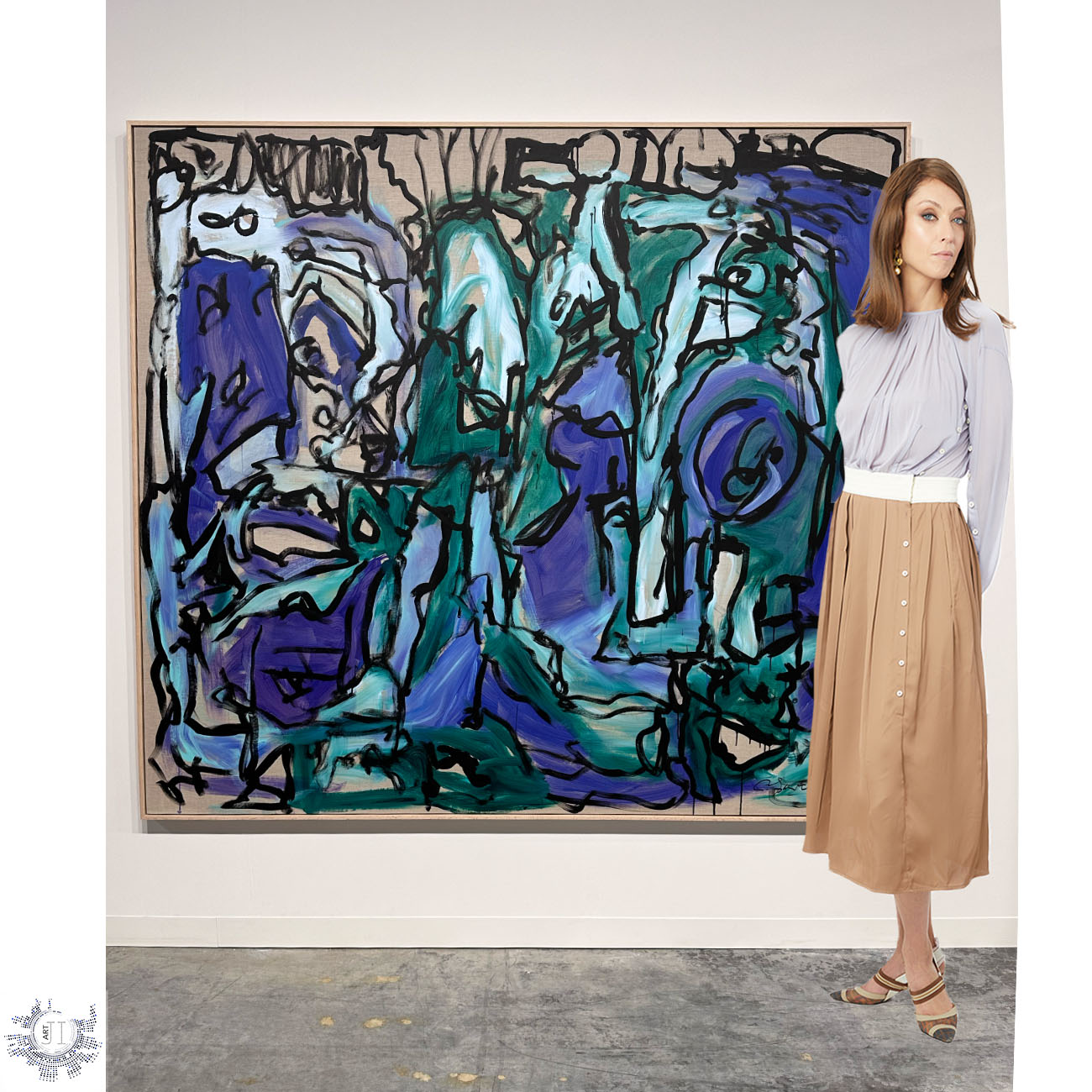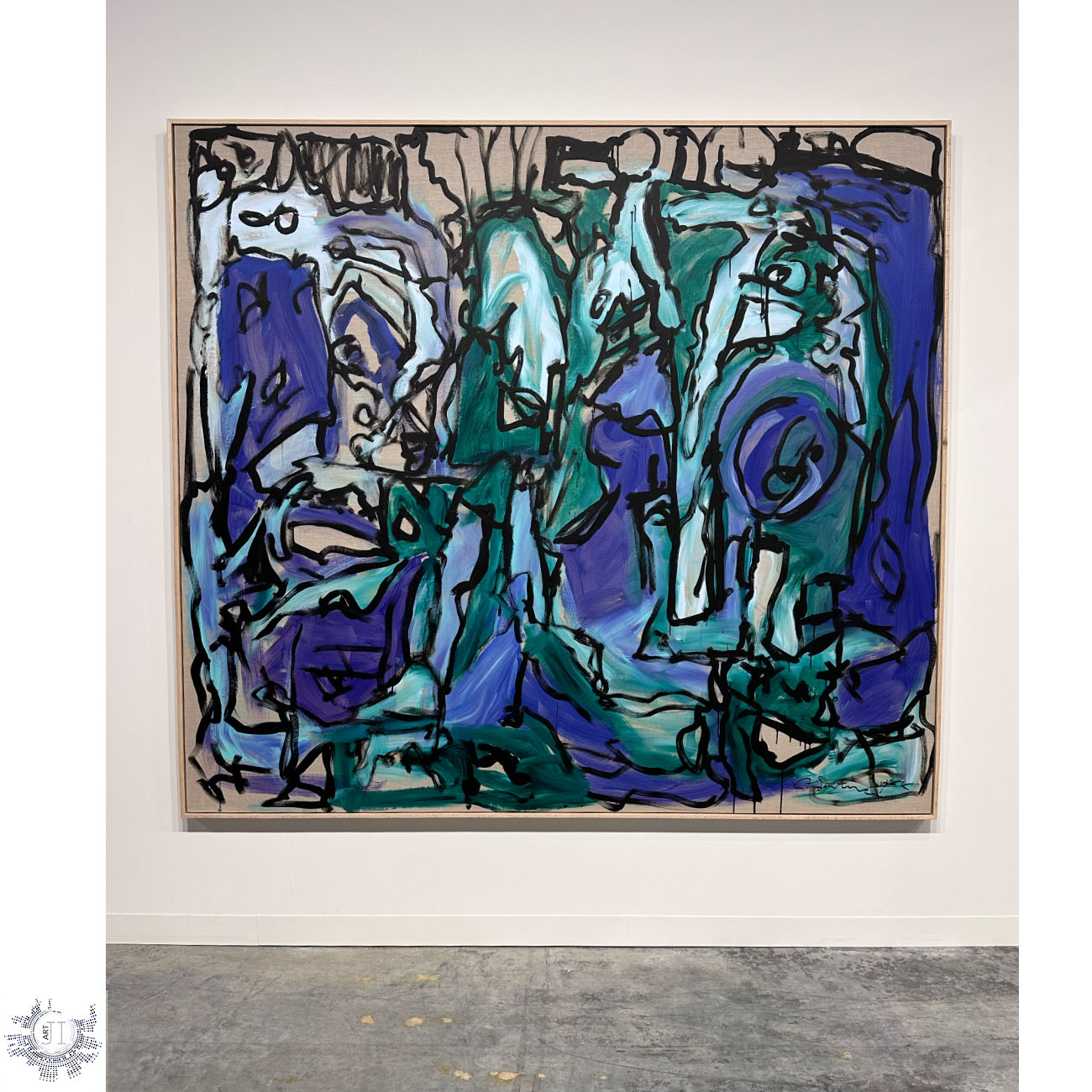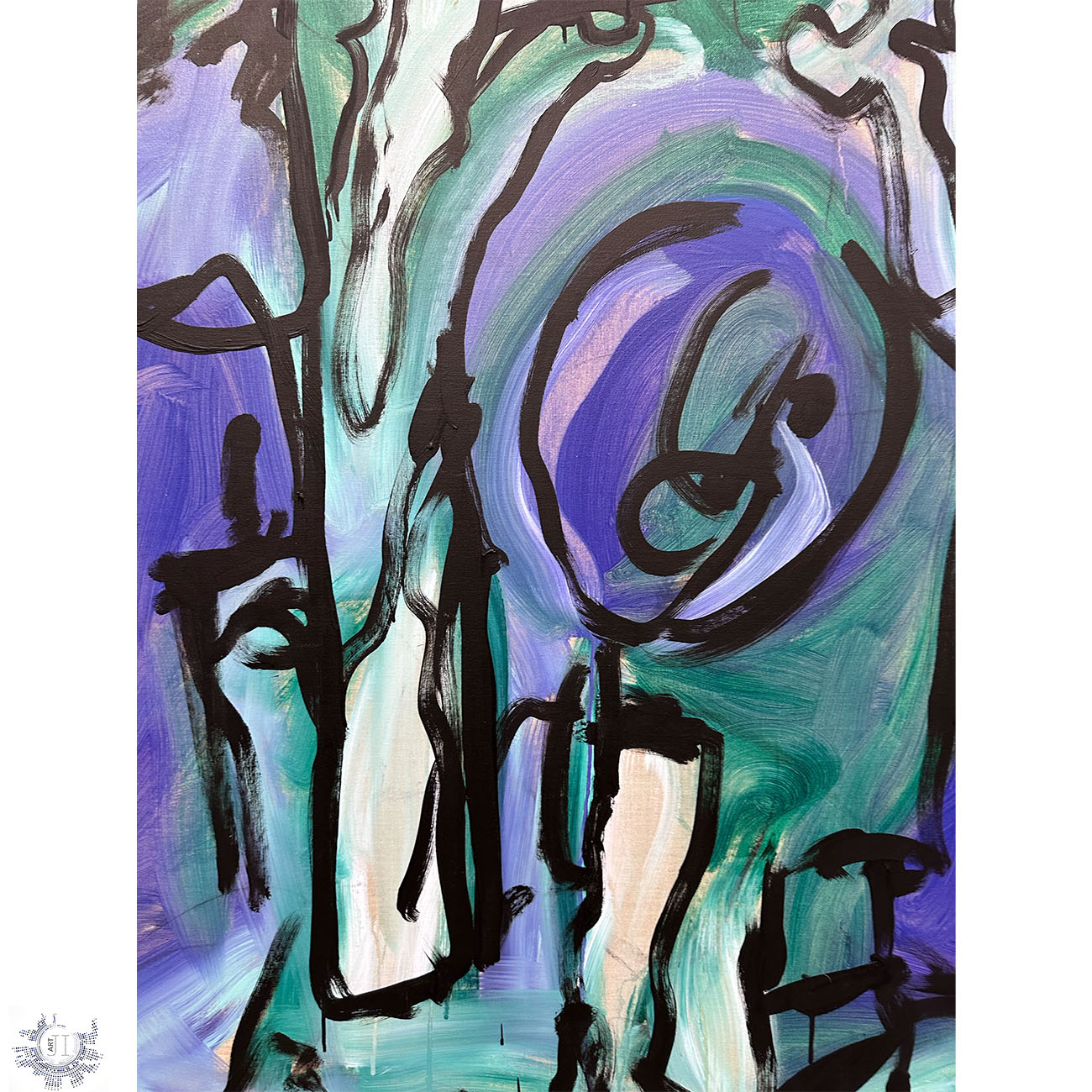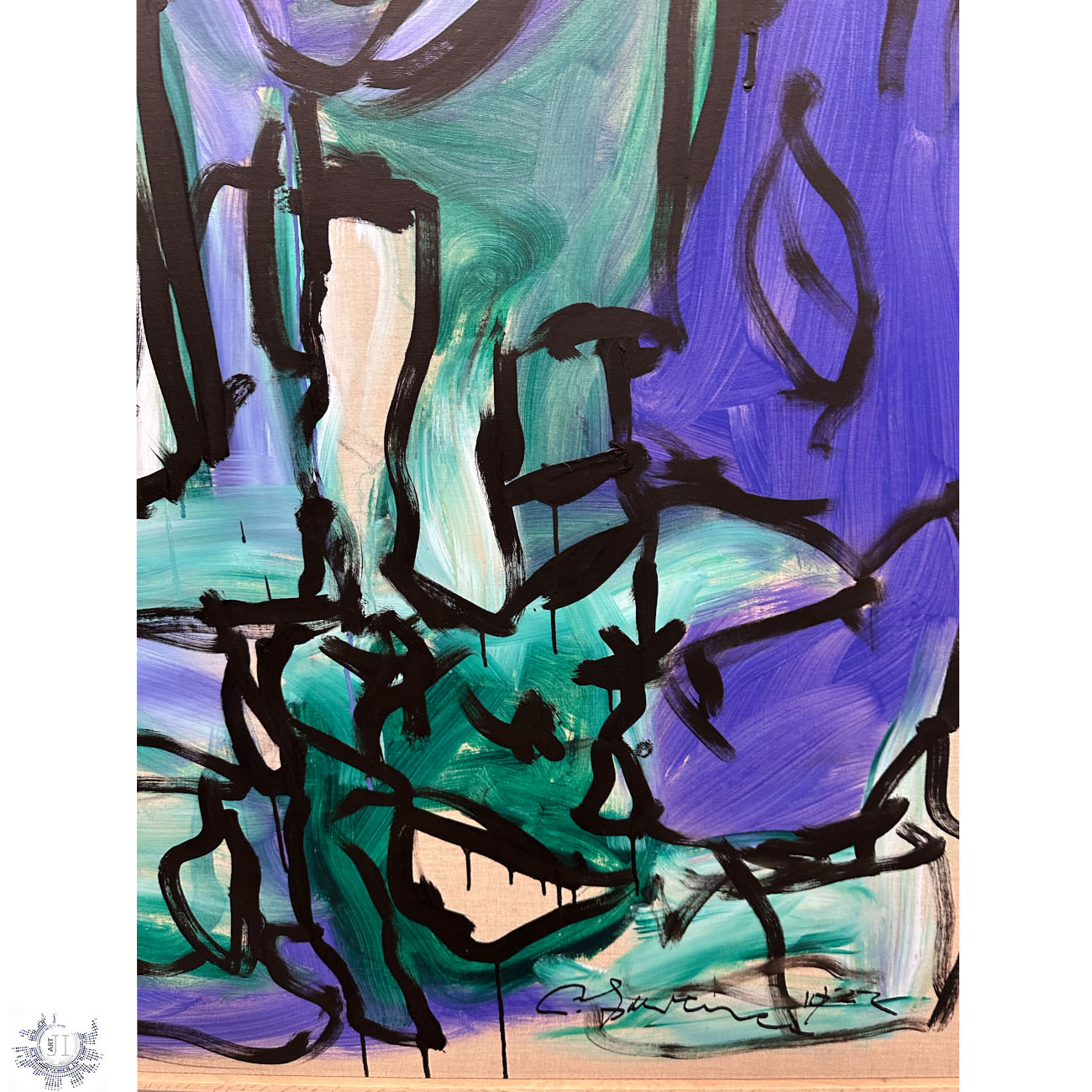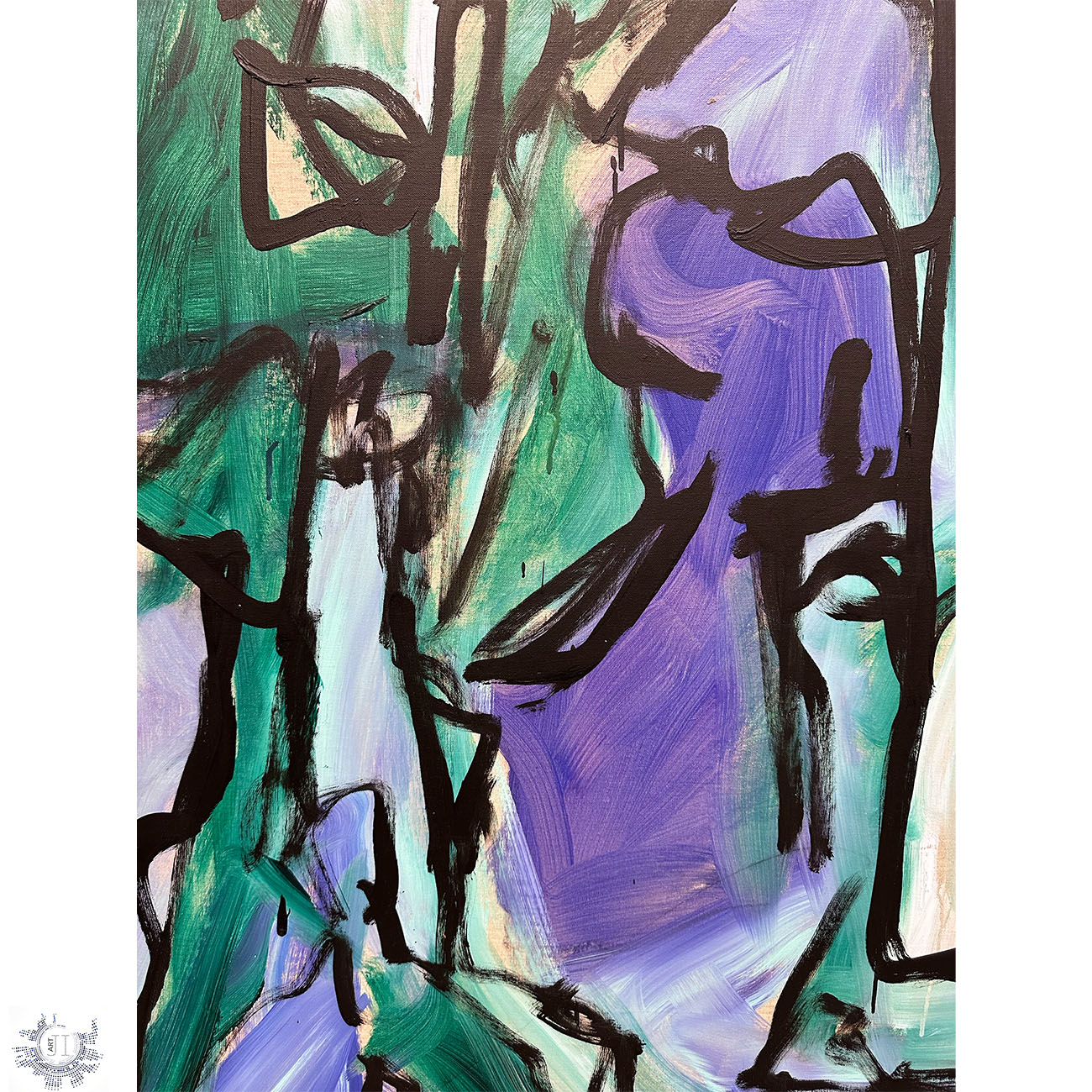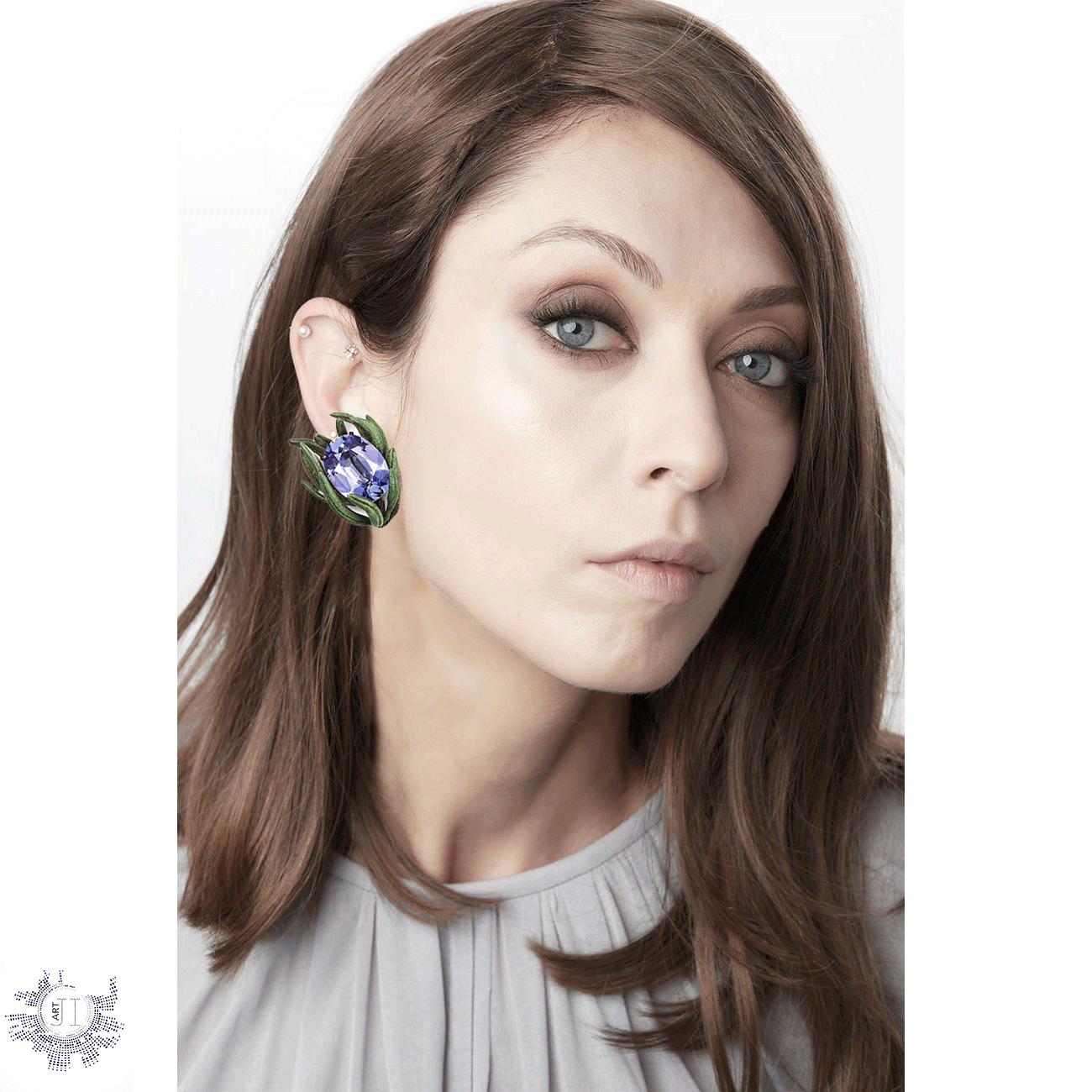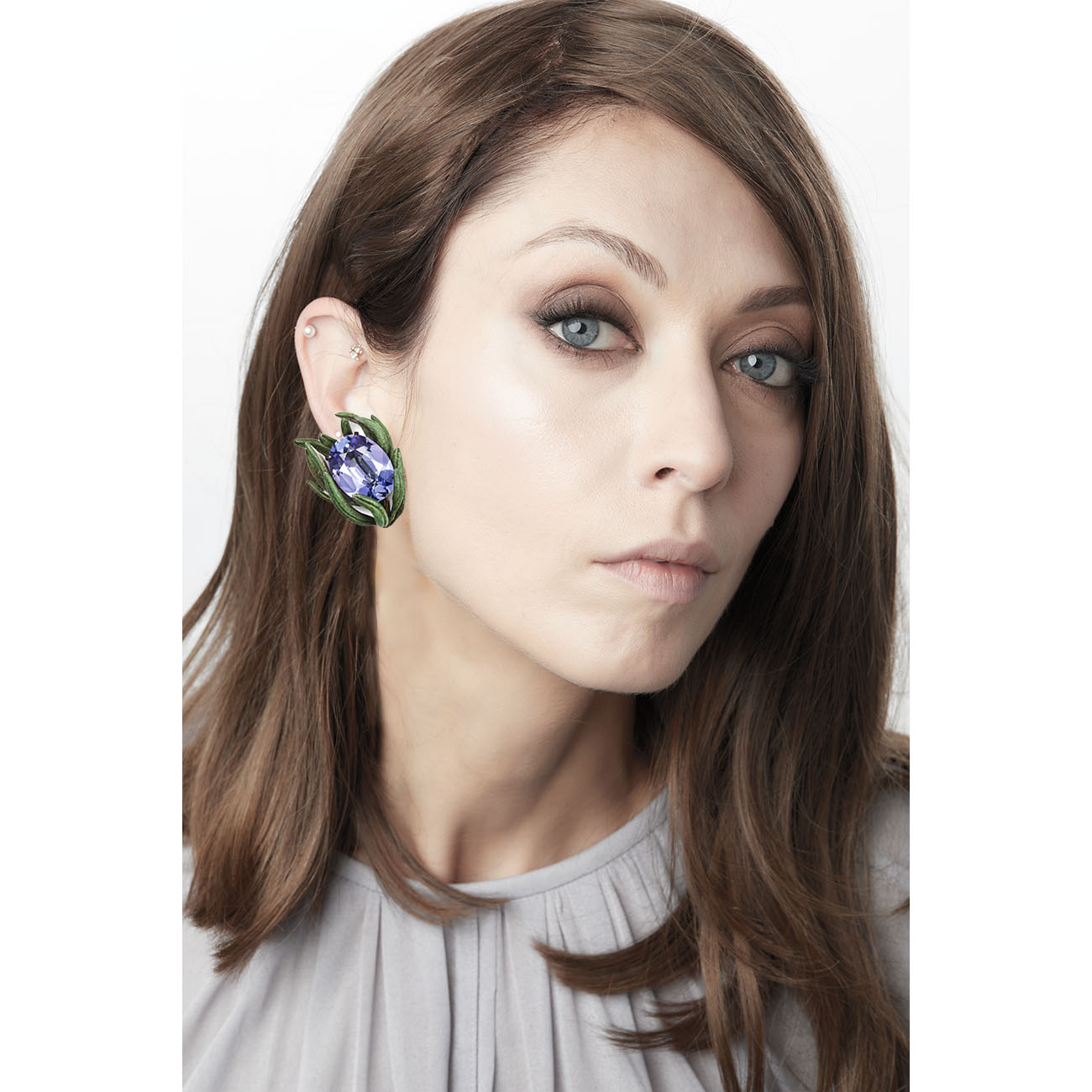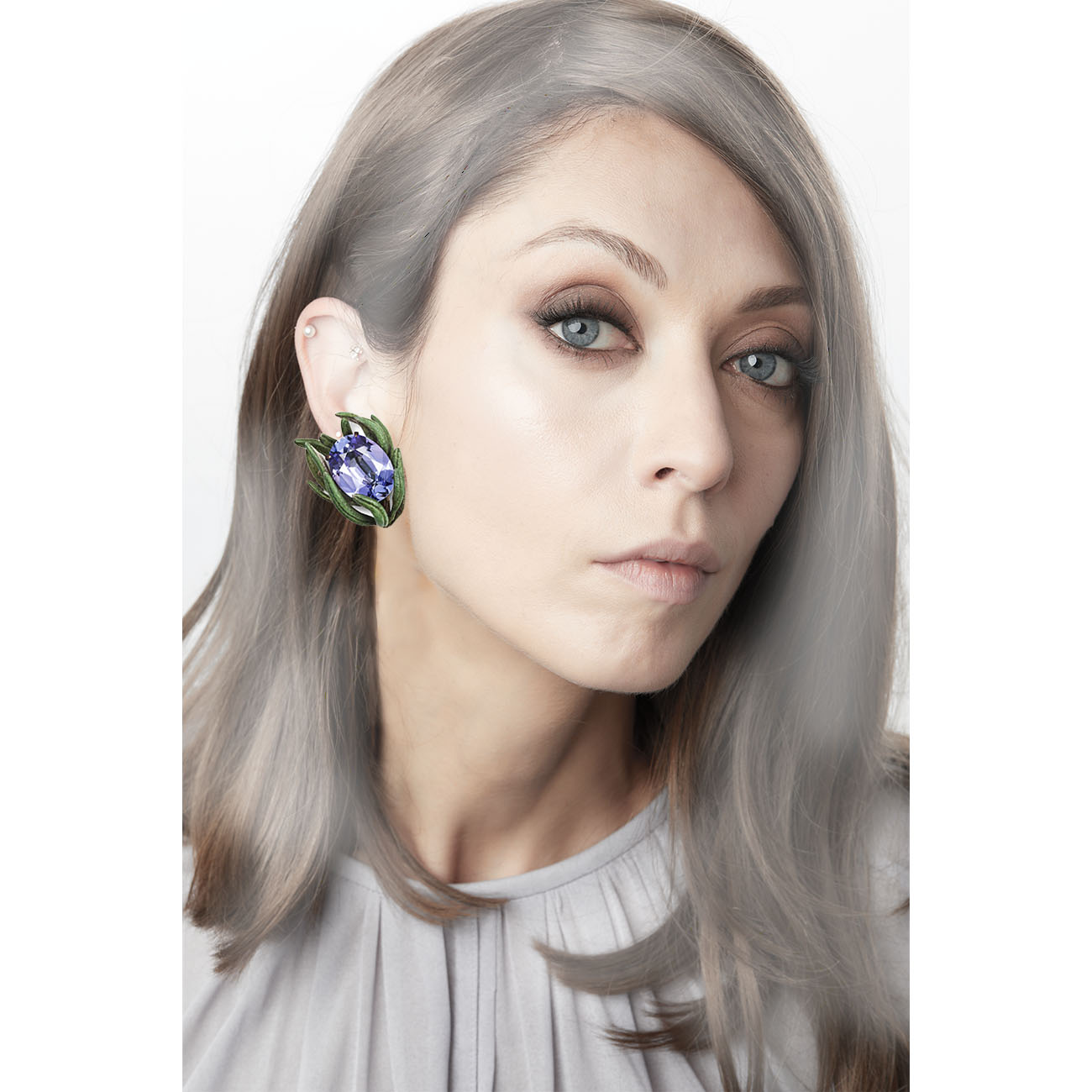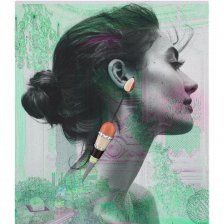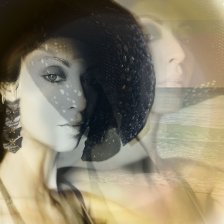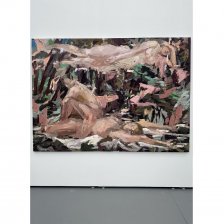CLAUDE LAWRENCE: А BOOK IN COLOR AND JAZZ
Chapter 1: The Chicago Beginnings
Well, I was born… poor. [...] Living in Chicago in poverty made me develop a love for candy. Candy was satisfying, instantly. It was a substitute for my harsh reality. And I needed to escape that reality, poverty. [...] Looking back, it was not a good childhood.
Claude Lawrence in an interview to the Bomb Magazine
Claude Lawrence's story begins in humble settings, where poverty shaped his reality, but could not contain his dreams.
In the crowded landscape of Chicago's South Side, born in 1944, young Claude began a journey marked by hardship and a burning desire for artistic expression. His childhood, confined within the walls of a two-bedroom apartment shared with six others, was the canvas upon which was painted his early love for the arts.
Chapter 2: The Call of Jazz
The saxophone was more of an interest project than anything. Then came the substance. I had to learn how to play. Later, you have to commit to that lifestyle. The jazz life.
Claude Lawrence in an interview to the Bomb Magazine
The saxophone, discovered in his teenage years, became Lawrence's voice and escape. In the smoky jazz clubs of Chicago, his passion for music took root and started to grow stronger. After high school, he found himself at the crossroads: the predictable path of college or the unpredictable allure of jazz. Lawrence, true to his heart, chose the path less traveled, filled with rhythms and improvisations.
An entirely self-taught artist, he didn't acquire his skills through formal education but through experimentation and by immersing himself in museums and galleries. He absorbed the techniques and styles of a broad spectrum of artists, ranging from Picasso to Basquiat, studying them in books and observing art first hand, integrating their approaches into his unique artistic voice.
But, above all, the influence of jazz, rhythm and improvisation is unmistakably evident in all his work. Striking, vibrant colors stir up imagination, and dynamic strokes carry the consciousness from casual reality to jazz's rhythmic vitality.
Chapter 3: New York and the Amusing Encounter
I never called myself a hippie; I was an opportunist, and I wasn’t afraid to move around. I decided to go to New York on the bus and only took a duffel bag. I got to New York City with two dollars.
Claude Lawrence in an interview to the Bomb Magazine
Art has always been a big part of Claude Lawrence's life, going way back to when he was just four years old and made his first illustrated book. Fast forward to the mid-1980s, when he was in New York City.
With just two dollars in his pocket, Lawrence's arrival in New York City marked a new chapter in his story. The city's pulsating Downtown Loft Jazz scene became his new home, a place where his musical talents could flourish. Here, among giants of the jazz world, such as Ornette Colman and Jack Whitten, Lawrence's understanding of the intersection between art, music, and social change deepened.
I’ve observed the boxes, but I don’t fit into them. I just move with my basic instincts that come based on who you are.
Claude Lawrence in an interview to the Bomb Magazine
Then something unexpected happened: he visited a psychic who foretold him that it was time for a change. This odd encounter struck a chord with the passionate performer and, within just three weeks, he switched gears and started focusing full-time on painting.
You spend a lifetime trying to say something, make something that feels real. It stacks up in your head; the images keep coming back. If you get stuck there, you can get lost. Regret could kill a painter. It’s my time to keep moving forward. The force is with me now.
Claude Lawrence in an interview to the Bomb Magazine
After the mid-eighties, Claude Lawrence started to move around a lot. First to New York City, then Stockbridge in Massachusetts, followed by Los Angeles, back to New York City, over to Sag Harbor on Long Island, then Philadelphia, back to his hometown Chicago, Sag Harbor again, then down to Mexico City, and once more to Chicago, along the way creating an expressive, potent and unrestrained collection of paintings.
Chapter 4: Colors, Canvases and Places
My influences were always music and painting and drawing. [...] I had three heroes: Picasso, Joe Louis, and Charlie Parker.[...] My older sister had a poster of Picasso, which was kind of odd. There was something magic about the name.
Claude Lawrence in an interview to the Bomb Magazine
Lawrence's works, a dialogue of colorful harmony, fundamental rhythm, blooming vitality and subconscious creativity, found their place, among others, in the halls of the Metropolitan Museum of Art, New York; the National Gallery of Art, Washington DC; the Parrish Art Museum, New York; Studio Museum, Harlem; the Brooklyn Museum; the National Museum of African American History and Culture, and many, many more.
Chapter 5: The Solitary Artist
He’s a jazz musician and he’s always thinking about jazz and improvisation, and I think he prefers in many ways to be alone. He’s not a person that likes to be around a lot of people because he’s very intense, in terms of what he’s doing. He gets even more so when he gets some ideas of the painting he wants to do. He doesn’t want to be bothered by anybody. He just wants to go into a room and talk to the paint and the brushes.
E.T. Williams in an interview to 27 Еаst
Jazz is about taking a song that everyone knows and turning it into something new, and about making a tune that everyone recognizes into something that's uniquely your own.
In jazz, it is pretty common for musicians to play solos that they come up with right in the moment. It takes a lot of skill, since they have to create music on the fly that fits perfectly with the vibe of the performance.
Despite his achievements, the artistic part of Lawrence’s soul remained anchored in solitude. His art studio became his sanctuary, a place of quiet reflection away from the clamor of fame. His story is one of introspection, where the brush and canvas are his confidants, and his art a reflection of a life lived in the depths of personal thought and creative passion.
Chapter 6: The Improvisational Life
Improvisation, to me, is the channeling of subconscious influences. Consciously, I’m satisfied when I have gone beyond the obvious; for example, the visual and intellectual, to the sensual, which I believe is energy, lyricism, and balance.
Claude Lawrence in an interview to Aaron Payne Fine Art
The essence of Claude Lawrence's life, music and art is improvisation. This principle, deeply rooted in his jazz background, manifests in his paintings, where improvisation is not merely as a technique, but the core of Lawrence’s artistic identity, spontaneous expression of color and form, channeling his subconscious flow into tangible art.
Improvisation in jazz and abstract art are the same. I don’t know where it comes from but it is about the attack. It’s about an impulse. That is what defines you as an artist.
Claude Lawrence in an interview to Galleries Now
His abstract works are characterized by distinct blocks of color, so intensely defined that they almost seem to be engraved in the canvas. In other pieces, the more relaxed strokes of paint produce a fluid, watery flow.
Chapter 7: Echoes of the Past, Colors of the Present
It’s a performance. It’s improvisation. What makes you improvise? What’s the source of improvisation? It’s who you are, right? Where does that come from? Birth. Take your first birth where you’re given a soul and a “self,” and there you go.
Claude Lawrence, from an interview to the Bomb Magazine
Claude sometimes mentions how, back in the day, African American artists were expected to make art that was political and realistic. But then he came across artists such as Norman Lewis who chose a different path, focusing on abstract and improvised styles. This revelation wasn't just about choosing a style; it was about making a statement with your art.
Everything shifted in 1968, when Martin Luther King Jr. was assassinated. After that, Claude moved to France, and painting became his main thing. He started to focus on improvisation, leaving behind realistic images, his art becoming all about instinct and spontaneity.
Epilogue: Dynamic Chaos in Art
My life doesn’t happen to everybody. That’s it. In a nutshell. I’ve always thought I had something to say, you know.
Claude Lawrence, from an interview to the Bomb Magazine
Now in his 80s, Lawrence's legacy is not just a collection of paintings, nor a list of performances; it's a story of resilience, self-expression, and authenticity. His life, an eclectic palette of experiences, challenges and triumphs, reverberates with the rhythms of the jazz clubs and the solitude of the painter's studio: unpredictable, original, and deeply personal.
Painting exhibited at Venus Over Manhattan gallery
Claude Lawrence
Poor Robbins, 2022
Materials: acrylic on canvas
Size: 80 × 87 in | 203.2 × 221 cm
